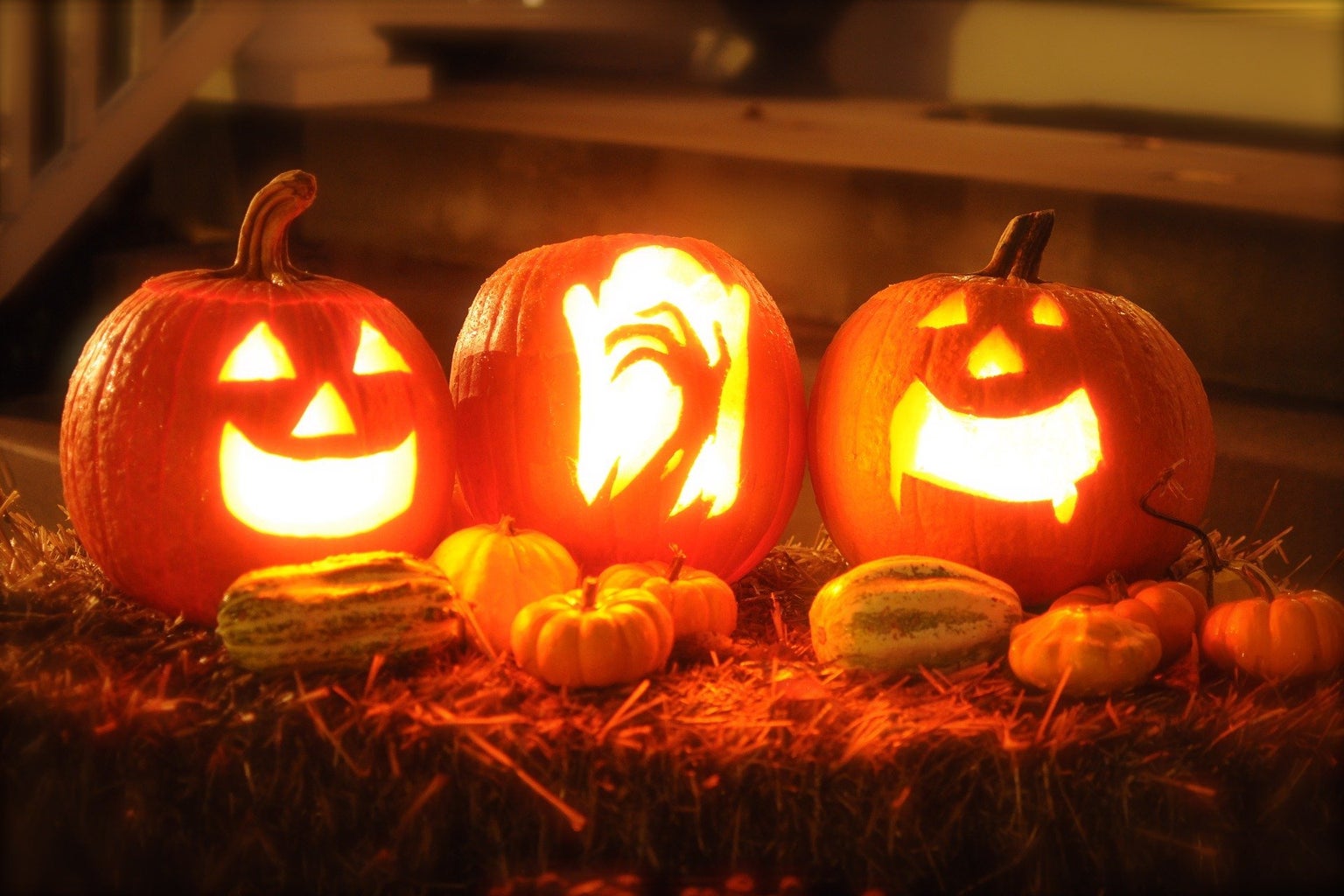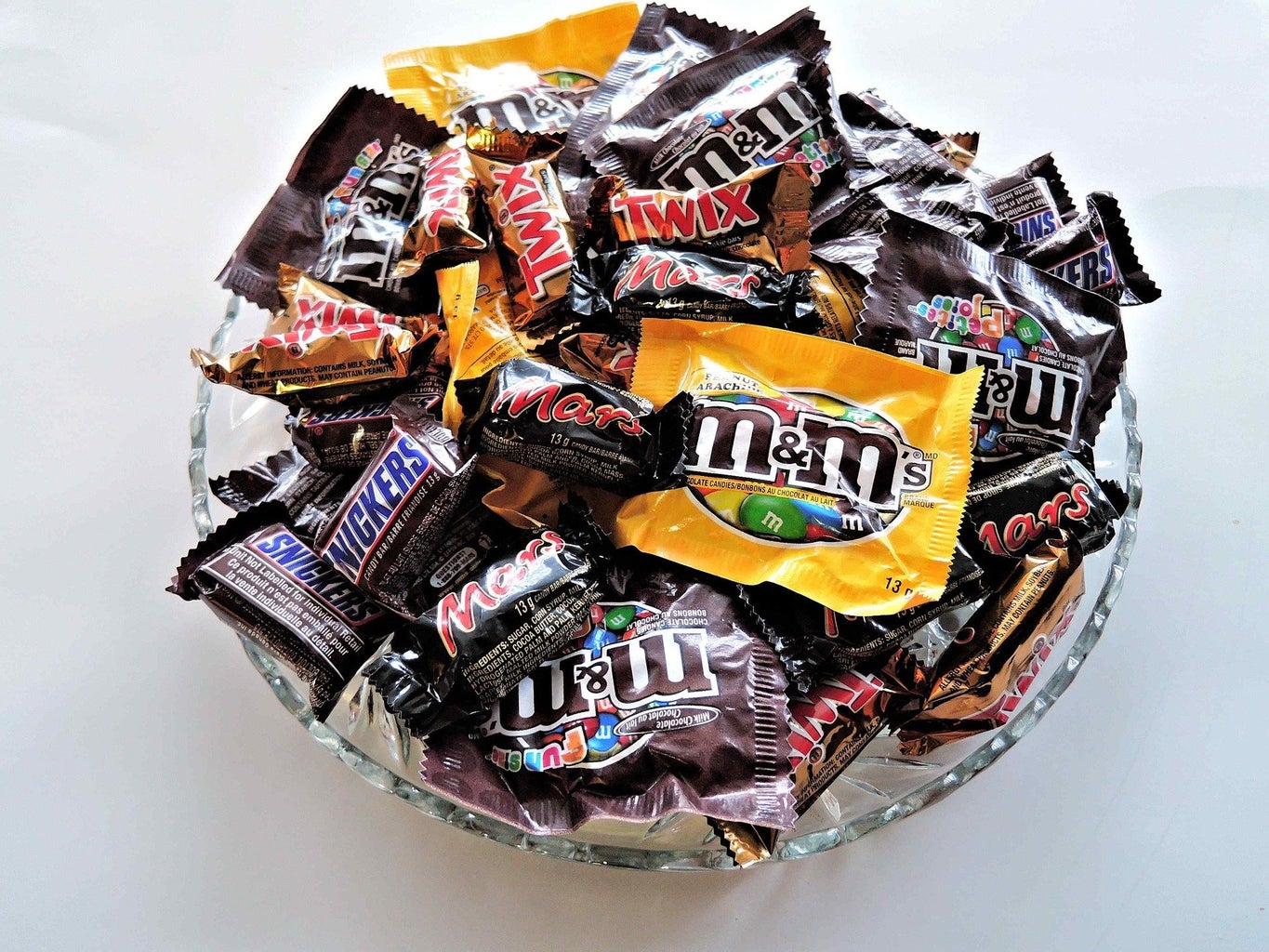Have you ever wondered why you dress up in a costume at the end of October? Or why children trick-or-treat on Halloween? Halloween hasn’t always been about spooky haunted houses and Kit-Kats; it actually has an interesting background that historians still have questions about. Here is what they believe to be true!
Our present-day Halloween is believed to have been created based on a combination of Celtic and Roman traditions beginning over 2,000 years ago. Its earliest origins are likely to come from the annual Celtic festival known as Samhain; a translation close to “summer’s end” in Gaelic. The Samhain festival celebrated the beginning of their New Year on November 1st, a day that was thought of as the end of summer since harvest was over and the winter was associated with human death. The last day of the year, October 31st, which they referred to as “All Hallows Eve”, was believed to be the only time where the spirits of the dead could cross the boundaries keeping them from Earth.
By 43 A.D., most of the Celtic territory, consisting of present-day Ireland and parts of the United Kingdom was taken over by the Roman Empire. The Romans celebrated a day known as Ferlia in late October, which acknowledged the deaths of loved ones. They also celebrated a day to honor the Roman goddess of fruit and trees, Pomona. Over the next 400 years, Roman traditions were combined with the traditions of Samhain eventually leading to the holiday “Halloween”.
An American version of Halloween began in the late 1800s, creating the modern holiday we know today. Halloween was not celebrated by everyone in the United States until the Irish Potato Famine led thousands of immigrants overseas in the second half of the 19th century. This devastating time period led to the popular traditions we see every year, with each one having its own origin.
Costumes
On All Hallows Eve, Celtic culture believed they would encounter spirits if they left their homes. To keep these ghosts away, they took proactive measures such as leaving meals outside of their homes to satisfy the spirits and prevent them from entering. However, if they left their homes after dark they would wear masks or costumes made from animal skins so ghosts would think they were also ghosts. Eventually, dressing up in costumes was welcomed in the U.S. when trick-or-treating became the most common way to celebrate Halloween.
Trick-or-Treating
The tradition of trick-or-treating is believed to have been traced from medieval Ireland and Britain where “souling” was practiced on November 1st, All Souls Day. “Souling” was when poor citizens would go door to door begging for soul cakes (delicious pastries) in exchange for praying for the spirits of the family’s deceased loved ones.
When Halloween became widely celebrated in the U.S., teenagers began to play tricks after dark on their friends and neighbors. Popular tricks were egging houses, pushing over outhouses, opening farm gates to let out animals, etc. Eventually, town leaders and parents saw trick-or-treating as a way to keep teenagers out of trouble. Once costumes were manufactured at mass numbers, children and teenagers opted for trick-or-treating instead.
Jack-o-Lanterns

This story led Celtics to carve turnips and place embers in them to ward off evil spirits. Once a large Irish population migrated to America during the Irish Potato Famine, they discovered pumpkins and found them easier to carve. This ultimately led to the tradition of carving Jack-o-Lanterns on Halloween.
Apple Bobbing
Apples most likely became a fall and Halloween staple because of Pomona, the Roman goddess of fruit and trees. The apple was her symbol, which some believe led to bobbing for apples during the autumn season. At parties, it became custom that the first eligible woman to successfully bob for an apple would be the first one to get married.
Black Cats
Everyone knows that it’s supposed to be bad luck for a cat to cross your path any time of the year, particularly October. Not much is known about the origin of this legend, besides the Celtics believing that witches would turn themselves into black cats to avoid being caught practicing witchcraft and that it was bad luck to see one.
It’s not surprising that Halloween is the second most celebrated holiday in the country. Now that I know why we participate in these traditions, I’m already excited for next year’s spooky season!
Have a happy and safe Halloween!
Sources:
https://www.history.com/topics/halloween/history-of-halloween



